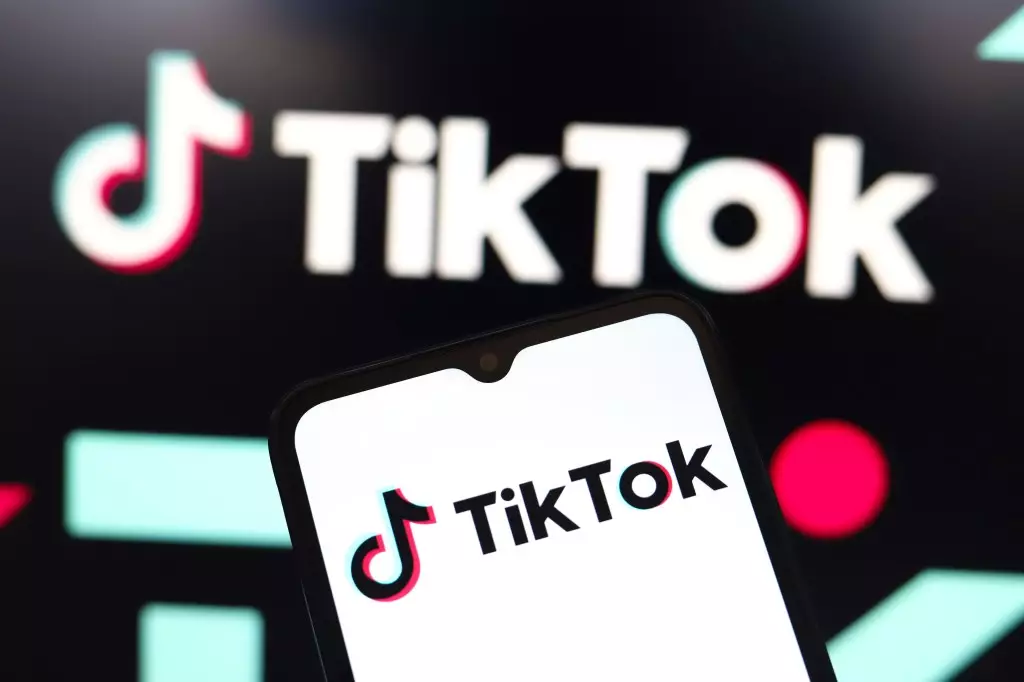In the rapidly evolving landscape of social media, TikTok’s impending transition signals more than just a corporate restructuring—they herald a profound shift in the battle over data, sovereignty, and cultural influence. Rather than merely selling out to U.S. investors, the platform appears poised to reinvent itself as a domestically controlled entity, aiming to reclaim its U.S. user base and mitigate geopolitical tensions. This move is not just about business; it is about asserting digital independence amidst a backdrop of rising nationalism and security concerns.
The reported creation of a new TikTok version tailored exclusively for American users suggests a strategic pivot. By building a platform rooted in U.S. infrastructure and governance, TikTok could sidestep the restrictions and scrutiny imposed on foreign-operated systems. This isn’t just a technical upgrade; it’s a statement that TikTok is willing to fundamentally alter its identity to align with national interests. Such a drastic step, if executed effectively, could redefine how global social media platforms approach cross-border data management and sovereignty.
This development underscores a broader question about the future of international tech giants operating within geopolitical borders. Will we see more platforms follow suit, creating localized versions to appease national security concerns? Or will this set a precedent where cultural and operational independence becomes essential for survival in a hostile regulatory climate?
Political Tensions and the Power Play in Tech
The saga surrounding TikTok’s fate in the United States vividly illustrates how geopolitical conflicts directly influence the digital realm. The U.S. government’s suspicions of Chinese influence—centered primarily on data security—have led to relentless political pressure. The long-standing push to either ban TikTok or force a sale reflects a broader American desire to curb foreign control over critical digital infrastructure.
Despite this, TikTok’s leadership and its parent company ByteDance staunchly deny allegations of espionage or data misuse, framing these accusations as geopolitical tools rather than facts. However, the political climate leaves little room for such nuance. The recent legislation demanding divestment and the legislative hurdles—coupled with the executive pauses—evince a deliberate attempt to curb Chinese influence. Yet, these measures have also ignited a complex tug-of-war involving trade disputes, diplomatic negotiations, and national security debates.
President Trump’s recent statements about potential wealthy investors and the anticipated reveal of their identities are indicative of a broader power struggle. The move to develop a U.S.-focused TikTok platform could be an olive branch—or a tactical maneuver—aimed at satisfying U.S. policymakers while retaining core user engagement. It also signals that the battle lines are shifting: the goal is not merely to control or ban TikTok but to transform it into an instrument of American digital sovereignty.
The Future of Digital Sovereignty and Global Social Media
TikTok’s reinvented platform might serve as a blueprint for the future of digital sovereignty. It raises compelling questions about how international companies can operate within conflicting national interests without entirely severing their global identity. If TikTok successfully launches a U.S.-only version, it could spark a wave of similar initiatives by other multinational platforms seeking to navigate the complexities of geopolitics.
Moreover, this scenario presents a paradox: while U.S. lawmakers worry about Chinese espionage, they also depend on TikTok as a powerful tool of cultural expression and economic opportunity. Over 170 million Americans actively use the platform, and countless U.S. businesses rely on it as a marketing and engagement channel. This underscores a significant contradiction—regulating platforms for national security while acknowledging their undeniable influence on American society.
The question remains: can TikTok strike a balance that satisfies both security authorities and its users? Or will the move to a U.S.-centric platform diminish its global appeal and stifle its innovative spirit? The path ahead is fraught with challenges but also filled with potential—a chance to carve out a new model of digital independence rooted in transparency, security, and cultural relevance.

